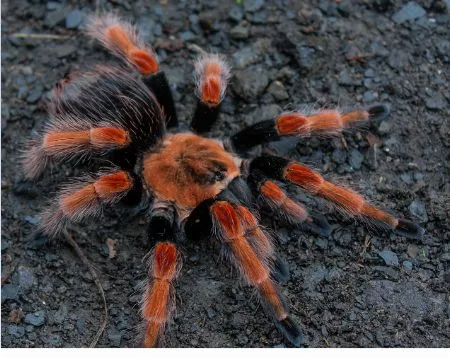Amazing Tarantulas in Batangas
Batangas, a province known for its stunning beaches and vibrant culture, might not be the first place that comes to mind when you think of exotic pets. However, for enthusiasts and those seeking a unique companion, tarantulas for sale in Batangas offer an exciting opportunity. These fascinating arachnids, with their diverse appearances and intriguing behaviors, are gaining popularity among pet owners. This article will explore five amazing facts about tarantulas, offering a deeper understanding of these captivating creatures and providing essential information for potential buyers in the Batangas area. Whether you’re a seasoned arachnid enthusiast or a curious beginner, this guide will provide valuable insights into the world of tarantulas.
Fact 1 Tarantulas Lifespan
One of the most remarkable aspects of tarantulas is their longevity. Unlike many other pets, tarantulas can live for a surprisingly long time, making them a long-term commitment. The lifespan of a tarantula varies significantly depending on the species and sex. Generally, female tarantulas live much longer than males. Some species can live for over 20 years, offering a unique companionship experience for pet owners. This extended lifespan is a crucial factor to consider when deciding to own a tarantula, as it requires dedication and consistent care over a significant period.
Understanding Tarantula Species
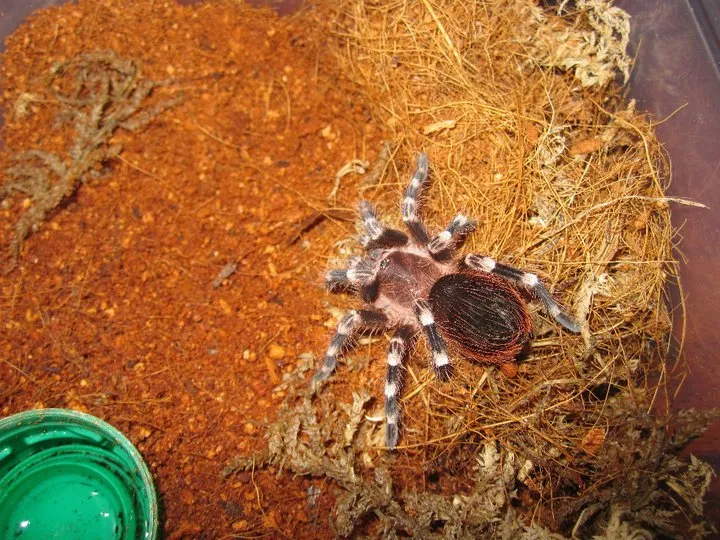
Different tarantula species have varying lifespans. For example, the Chilean Rose Hair tarantula is known for its relatively long lifespan, often living for 15-20 years for females. Other species, such as the more vibrant and colorful species, may have slightly shorter lifespans. Researching the specific species is vital to understand the commitment involved in owning a tarantula. This research should include understanding the species’ temperament, care requirements, and environmental needs, all contributing to the tarantula’s overall health and longevity.
Factors Influencing Lifespan
Several factors impact a tarantula’s lifespan. Proper care, including appropriate housing, diet, and environmental conditions, plays a crucial role. Providing the correct temperature, humidity, and a varied diet will significantly contribute to the tarantula’s health and longevity. Stress can also shorten a tarantula’s lifespan. Minimizing disturbances and ensuring a safe environment are crucial. Regular veterinary check-ups, though not always necessary, can help detect and address any potential health issues early on, further contributing to the tarantula’s overall well-being.
Fact 2 Tarantulas Venom
Tarantulas are often perceived as highly dangerous creatures due to their venom. However, their venom is generally not considered lethal to humans. While a tarantula bite can be painful, the effects are often comparable to a bee sting. Understanding the composition and effects of tarantula venom is essential for dispelling misconceptions and promoting responsible pet ownership. The venom is primarily used for subduing prey, not for defense against larger animals, including humans. It’s important to handle tarantulas with care and avoid unnecessary risks, but the fear surrounding their venom should be put into perspective.
Venom Composition
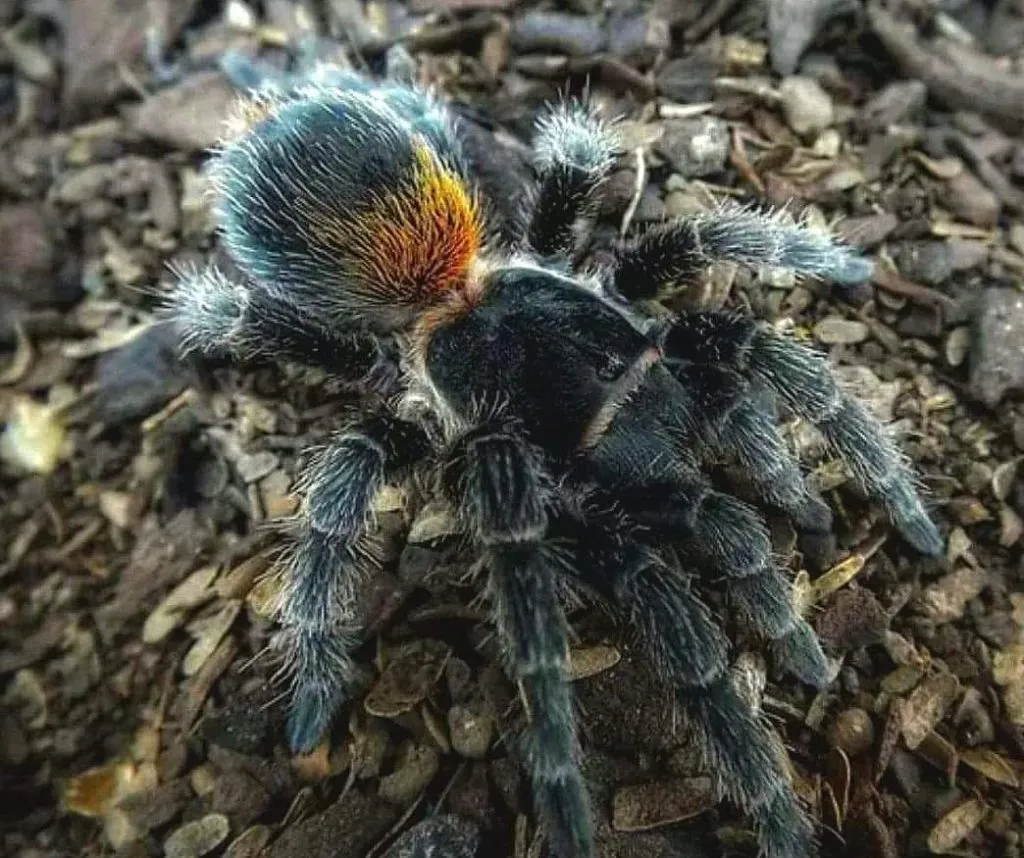
Tarantula venom is a complex mixture of proteins, enzymes, and other compounds. These components work together to immobilize prey, allowing the tarantula to feed efficiently. The specific composition of the venom varies slightly between different species of tarantulas. It typically includes neurotoxins that affect the nervous system of the prey, causing paralysis. Other components can aid in digestion or cause localized pain at the bite site. The venom is not injected in large quantities during a bite, further minimizing the potential danger to humans. The focus of the venom is always to subdue the prey.
Venom Effects
The effects of a tarantula bite on humans usually involve localized pain, redness, and swelling at the bite site. Some individuals may experience mild muscle cramps or flu-like symptoms. Serious allergic reactions are rare. The severity of the reaction depends on factors such as the individual’s sensitivity and the amount of venom injected. Unlike some other venomous creatures, tarantulas do not pose a significant threat of systemic poisoning. It’s crucial to clean the bite area with soap and water and monitor for any signs of a severe reaction. Medical attention is typically not necessary unless there are severe symptoms.
Fact 3 Tarantulas Feeding Habits
Tarantulas are primarily insectivores, meaning their diet consists mainly of insects. However, they can also consume small vertebrates, depending on the species and size of the tarantula. Their feeding habits are an interesting aspect of their behavior. Providing a balanced diet is essential for the health and well-being of a captive tarantula. Understanding the tarantula’s natural diet is crucial to provide the animal with the proper nutrients. Careful attention to the type and quantity of food will ensure your tarantula lives a long and healthy life.
Prey Preferences

The most common prey items for tarantulas include crickets, mealworms, and roaches. These insects are readily available and provide the necessary nutrients. The size of the prey should be appropriate for the size of the tarantula. As a general rule, the prey should be no larger than the tarantula’s abdomen. Some tarantulas also enjoy a varied diet, which might include small lizards or pinky mice. Variety in the diet can help ensure the tarantula receives a balanced intake of vitamins and minerals. Providing live prey is part of the enjoyment of keeping a tarantula.
Feeding Frequency
The feeding frequency for tarantulas varies depending on their age, species, and metabolism. Juvenile tarantulas usually need to be fed more frequently, often twice a week. Adult tarantulas can be fed less often, typically once or twice a week. Some tarantulas may even go for extended periods without eating, especially during molting. Overfeeding should be avoided, as it can lead to health problems. Monitoring the tarantula’s behavior and body condition is essential to adjust the feeding schedule accordingly. Always remove uneaten food from the enclosure to prevent mold and other health risks.
Fact 4 Tarantulas Habitat
Creating an appropriate habitat is critical for the health and well-being of a tarantula. Tarantulas have specific needs in terms of enclosure size, substrate, temperature, and humidity. Replicating their natural environment as closely as possible can greatly improve their quality of life. The correct habitat also reduces stress, which is important for the longevity of your tarantula. Setting up the right environment from the start is essential to ensure the animal thrives. With a bit of planning, you can create a comfortable and enriching habitat for your tarantula.
Creating the Ideal Habitat
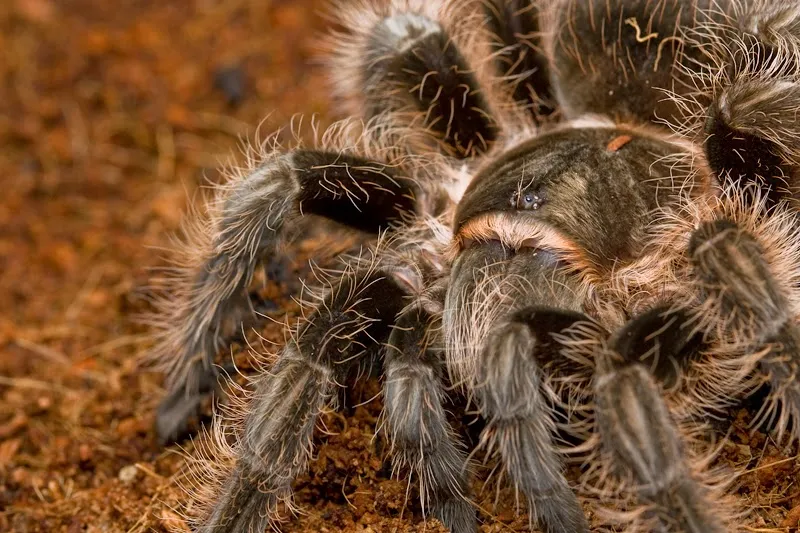
The enclosure should be appropriately sized for the tarantula’s size. A general guideline is that the enclosure should be at least twice the tarantula’s leg span in width. The height should be sufficient for the tarantula to move around without obstruction. The enclosure should have a secure lid to prevent escape. The substrate should be appropriate for the tarantula’s species, with options including coco fiber, peat moss, or a mix of both. Providing hiding places, such as cork bark or artificial plants, is also important. It provides security and reduces stress.
Temperature and Humidity
Maintaining the correct temperature and humidity levels is essential for a tarantula’s health. Most tarantulas thrive in temperatures between 75-85°F (24-29°C). Use a thermometer to monitor the temperature. Humidity levels vary depending on the species, but generally, a humidity level of 60-80% is appropriate. Use a hygrometer to measure humidity levels. You can maintain humidity by misting the enclosure with water or providing a water dish. Adequate ventilation is also important to prevent the growth of mold and bacteria. The habitat must be checked daily to ensure the proper environment.
Fact 5 Tarantulas Behavior
Tarantulas exhibit a fascinating range of behaviors, from their hunting strategies to their defensive mechanisms. Understanding these behaviors can help pet owners provide a more enriching environment and better understand their pets. Observing a tarantula’s behavior also offers insights into its well-being. Knowing what is normal allows you to quickly identify any health issues. Tarantulas, despite their sometimes intimidating appearance, are often shy and prefer to be left alone. They are fascinating creatures to watch and learn about.
Defensive Mechanisms
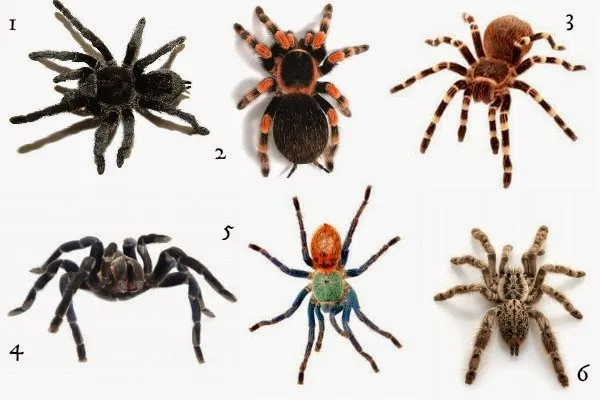
Tarantulas have several defensive mechanisms they use when threatened. One of the most common is flicking urticating hairs. These hairs are tiny barbs located on the abdomen that can cause skin irritation. The tarantula flicks these hairs toward a perceived threat. Other defensive behaviors include raising their front legs and presenting their fangs. Some species will also bite as a last resort. Understanding these defenses allows pet owners to handle tarantulas responsibly and avoid triggering a defensive response.
Common Tarantula Behavior
Tarantulas exhibit various behaviors that are considered normal, such as burrowing, web-spinning, and molting. Burrowing is common among terrestrial species, and web-spinning helps them to secure their habitat and lay down draglines. Molting is the process of shedding their exoskeleton, which allows the tarantula to grow. Before a molt, the tarantula will often stop eating and become less active. When a tarantula is acting erratically it could be a sign of issues. Providing a safe and stable environment is crucial for these natural behaviors to take place. Regular observation and an understanding of normal behavior are key to ensuring the health and happiness of your tarantula.
Where to Buy a Tarantula in Batangas
If you’re interested in tarantulas for sale in Batangas, several options are available. Local pet stores may carry a selection of tarantulas, along with the necessary supplies. Online marketplaces and specialized breeders are also a good source. It is important to research breeders and sellers thoroughly to ensure you are buying a healthy tarantula from a reputable source. Prioritize the animal’s health and welfare. Ask about the tarantula’s origin, feeding habits, and health records. Purchasing from a trusted seller will provide you with a better chance of having a thriving pet. Consider all the factors before deciding to acquire a tarantula for sale in Batangas.
